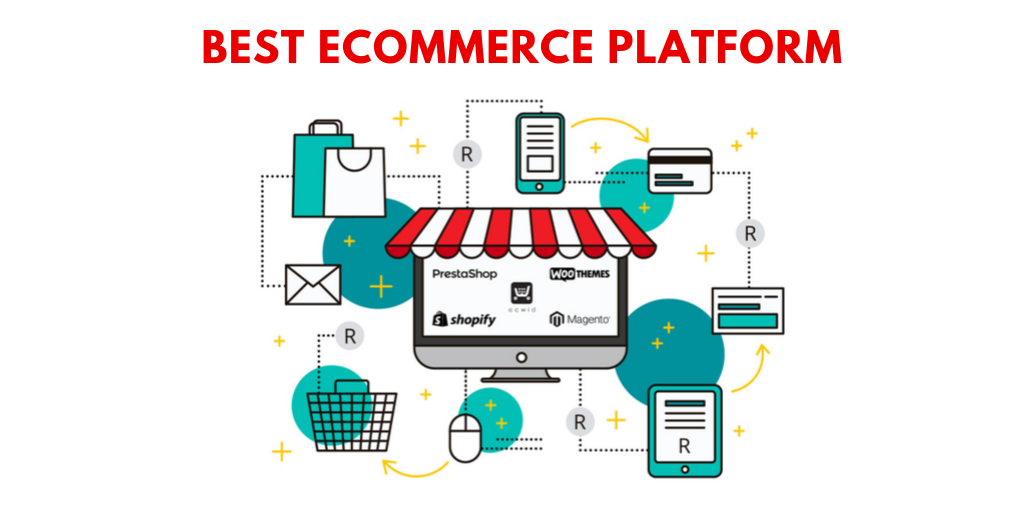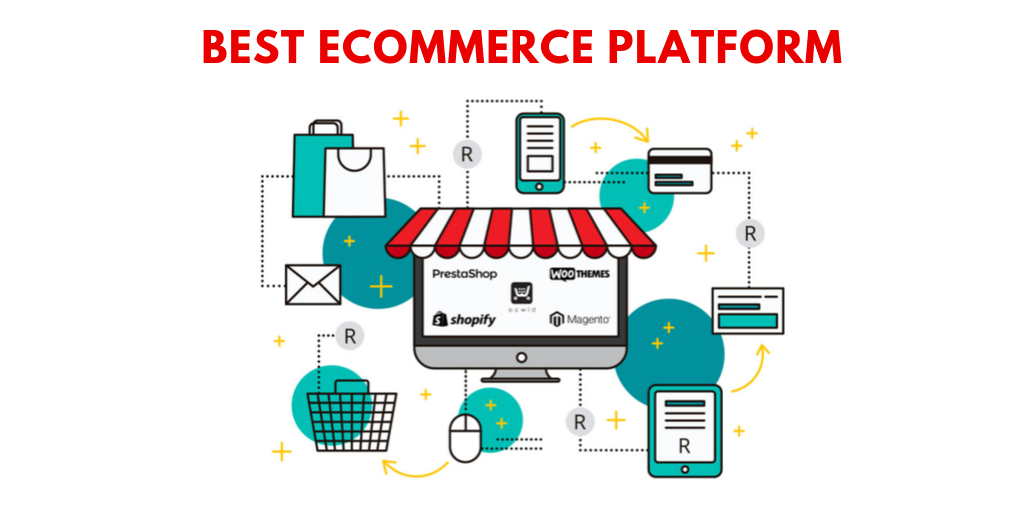
API-based platforms or headless e-commerce platforms are pieces of software in which the front end (or “head”) has been totally or partially eliminated, leaving just the backend.
The world of CMS is where the architectural idea for these systems first emerged. Businesses sought to overcome obstacles in order to distribute information more quickly on ever-newer marketing platforms, with the smartphone taking the lead.
Low-level difficulties programmers have encountered with conventional CMS applications include:
Legacy frameworks and the sole set of pre-defined experiences accessible limit the design;
Small front-end modifications may necessitate database and back-end code changes, which would increase testing time and the task’s overall cost;
alterations to the back-end code may result in unforeseen front-end issues;
Radar’s headless geolocation technology can be used to detect when a consumer enters your establishment.
Radar operates on a simple principle. The platform uses 3 different context kinds to geolocate apps:
Geofence – Radar takes pride in having cross-platform support for infinite geofences, polygon geofences, and stop detection, making it more potent than native iOS or Android geofencing. This is due to the server-side nature of all geofencing and event generation.
Places – Because Radar uses the Facebook information, it can identify a wide variety of locations. And the best part is that you can use built-in categories or chains (like major airports) with it (e.g. Starbucks).
Insights – Their location engine can learn to roughly predict when a user enters/leaves their house and place of employment.
creating a special coupon using a headless promotion engine for geolocated users
Real-time personalization of discounts based on the customer’s profile is one of Evolve’s key features. This is made possible by dynamic segments, which track a customer’s qualities and the items they’ve added to their shopping carts and initiate actions in accordance with predetermined business rules.
In this instance, we’ll create a segment that checks the value of our custom field (rspectiveHQ), which then records the data if a customer enters the geofence. The quickest method is to just use the dashboard, albeit we may accomplish it by using a single request from the Evolve API.
The next step is to modify the discount using the location data.
But before we get started, I want you to take a moment to reflect on how far we have come without creating a single line of back-end code. Our solution is still open for change because Radar and Evolve both expose robust APIs and headless architecture that you can plug in as needed.
Setting up a Distribution, the last stage, will:
send a special promotional code
to a discovered client
using the preset channel
Let’s start by creating a special promotional code for each user. Let the reduction be 10%. Visit the campaign creator and select Bulk Codes then proceed to the next phase, where you will define:
the discount’s nature and size,
timeframe,
length, prefix, suffix, and charset codes patterns,
starting code number,
and other information.
the headless construction blocks are all tested
Simply start your app, utilise the Sensor to “locate” to a different location, then return to the geofence to verify that the workflow behaves as we want. You should soon see the customised notification on your screen!
The user can now enter their code into the coupon field to have it backend-validated by Evolve.
Here is a list of headless platforms’ successes:
We provided a workable solution for a moderately challenging business problem in about an hour.
Because the code base is so short and straightforward, minimal maintenance work is required.
Even though we don’t have complete control over the solution, the API access still allows for customization.
The lack of complete ownership is offset by the vendor teams’ support and the higher quality of the tools.
You can quickly connect and intertwine numerous departments and systems via webhooks and solutions like Zapier.
What benefit can headless approach offer me?
In other words, you’ll increase your value on the job market by learning how to use headless platforms to produce valuable things rapidly and cheaply.
No longer do programming languages or frameworks determine a company’s competitive edge. It’s frequently quite different; it’s about how companies may use the resources at their disposal to solve problems with the least amount of code. To put it another way, these are the factors that are more important than understanding a particular tech stack or stacks:
being able to shorten the time to market;
a description of methods for reducing maintenance costs;
ability to decrease reliance on specific technologies;
a description of the three technologies mentioned above in use today.
